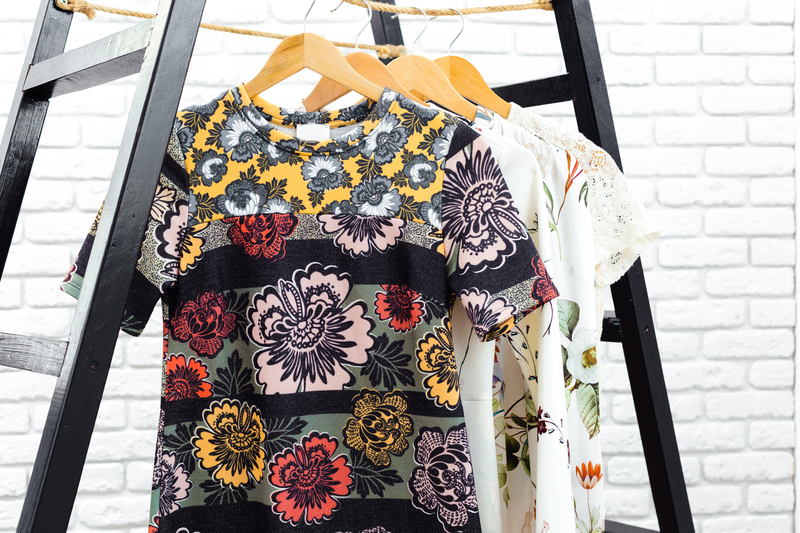In today's rapidly evolving world, achieving an eco-friendly space is no longer a luxury but a necessity. By embracing sustainable practices, you can significantly reduce your environmental impact while creating a healthier living environment. In this article, we'll explore various strategies to transform your space into a beacon of sustainability.
Understanding the Importance of Eco-Friendly Living
Before diving into the practical steps, it's crucial to recognize why eco-friendliness matters. Adopting sustainable practices not only helps preserve the planet for future generations but also offers immediate benefits, including reduced utility bills, improved air quality, and enhanced well-being. Let's explore how to implement these practices effectively.

Assessing Your Current Environmental Impact
The first step in revolutionizing your space is to assess your current environmental footprint. Understanding where your energy and resources are being wasted is essential for making informed changes.
Conduct an Energy Audit
- Evaluate your energy consumption by analyzing utility bills over the last year.
- Identify energy vampires like unplugged chargers and idle electronics.
- Consider professional energy audits for comprehensive insights.
Evaluate Water Usage
- Monitor your water bills to understand usage patterns.
- Inspect for leaks in faucets, toilets, and irrigation systems.
- Implement hydration audits to check efficiency of water systems.
Maximizing Energy Efficiency
An essential aspect of achieving maximum eco-friendliness is optimizing energy usage. Here's how you can implement significant changes:
Switch to Renewable Energy Sources
Transitioning to renewable energy is a powerful way to reduce reliance on fossil fuels. Consider the following options:
- Solar Panels: Installing solar panels can substantially cut energy bills and carbon emissions.
- Wind Turbines: If geography permits, wind energy can be a viable option for sustainable power.
- Geothermal Systems: Utilize natural heat from the ground to efficiently regulate temperature indoors.
Upgrade to Energy-Efficient Appliances
Replacing outdated appliances with high-efficiency models can significantly reduce energy consumption. Focus on:
- Lighting: Switch to LED bulbs which use a fraction of the energy of traditional ones.
- Heating and Cooling: Install programmable thermostats to optimize temperature settings according to daily schedules.
- Kitchen Appliances: Invest in energy-efficient refrigerators, dishwashers, and ovens.
Enhancing Water Conservation
Water is a precious resource, and conserving it should be a top priority when aiming for an eco-friendly space.
Install Low-Flow Fixtures
Low-flow faucets, showerheads, and toilets minimize water usage without sacrificing performance.
Harvest Rainwater
Rainwater harvesting allows you to collect and store rainwater for uses such as irrigation, reducing your dependence on municipal water supplies.
Implement Smart Irrigation Systems
Utilizing advanced irrigation systems ensures efficient watering, minimizing waste:
- Drip Irrigation: Delivers water directly to plant roots, maximizing absorption.
- Smart Controllers: Automatically adjust watering schedules based on weather conditions.
Promoting Sustainable Habits
A sustainable lifestyle is characterized by conscious habits that minimize waste and prioritize resource conservation.
Reduce, Reuse, and Recycle
This classic mantra of sustainability remains relevant:
- Reduce: Limit reliance on single-use plastics and non-biodegradable materials.
- Reuse: Opt for reusable grocery bags, water bottles, and containers.
- Recycle: Properly sort recyclables and compost organic waste.
Opt for Conscious Consumption
Supporting eco-friendly brands and products contributes to a more sustainable economy. Prioritize:
- Locally Sourced Goods: Minimize carbon footprint associated with transportation.
- Organic and Sustainable Products: Reduce exposure to harmful chemicals and support sustainable farming practices.

Greening Your Indoor Environment
Creating an eco-friendly indoor environment involves choices that enhance air quality and promote sustainability.
Adopt Indoor Plants
Plants naturally oxygenate spaces and remove toxins from the air. Consider using:
- Snake Plants
- Pothos
- Spider Plants
Utilize Eco-Friendly Materials
When renovating or decorating, opt for materials with a lower environmental impact, such as:
- Reclaimed Wood: Adds a rustic charm while minimizing resource use.
- Bamboo Flooring: Offers durability and renewability.
- VOC-Free Paints: Reduce indoor air pollution.
Final Thoughts
By incorporating these steps, you can truly revolutionize your space into a maximum eco-friendly haven. Remember, every small change contributes to a larger impact. Start your journey towards sustainability today, and lead by example in creating a greener, healthier world.
Together, let's contribute to a sustainable future by making eco-conscious choices in our everyday lives!